TEXTILE TESTING LABORATORY
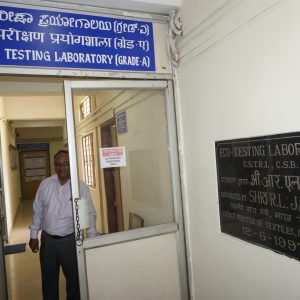
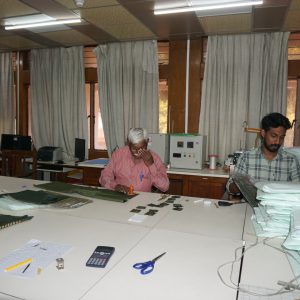
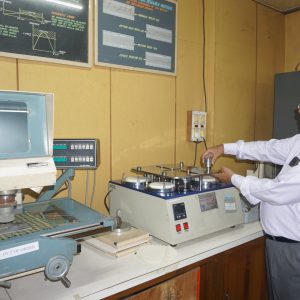
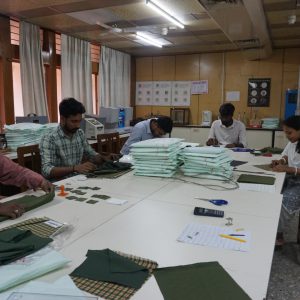
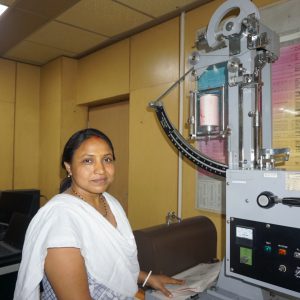
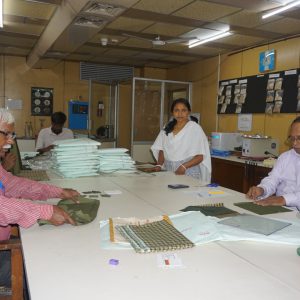
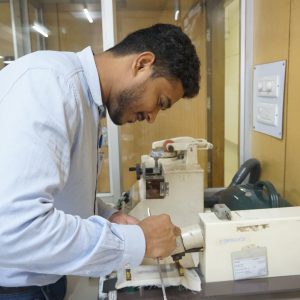
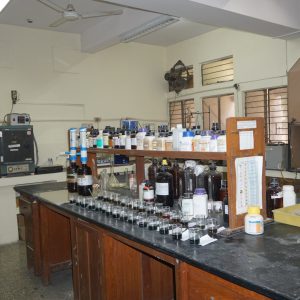

Quality control and process control assume great importance in any production activity, more so when one is dealing with a high variable and expensive material like silk. Realising the need of the Indian silk industry, CSB-CSTRI has an elaborate testing facility primarily aimed at quality improvement. It provides testing services in the areas of physical, chemical and eco-parameters on charges basis.
The textile testing laboratory comprises of Physical Testing Division, Chemical Testing Division. Both divisions of the laboratory has received ISO/IEC 17025 Accreditation from the National Accreditation Board for Testing and Calibration Laboratories (NABL) (Click to view). NABL, a Government of India body under the Department of Science and Technology. All the fibre, yarn and fabric tests are carried out in accordance with ASTM, BIS, AATCC, ISA and validated in-house standards.
Physical Testing Division:
Fibre Testing
Finness, Moisture content, Fibres bundle strength, single fibre strength, fibre length and fibre identification are the tests being conducted at the division for the fibres.

Yarn Testing
All parameters of Raw silk, thrown and Dupion silk, Linear density, Moisture content, single thread strength, twist, yarn diameter and identification of type of yarn are the characteristics that are being tested for yarns.


Fabric Testing
Fabric testing laboratory is equipped with all necessary instruments for testing cloth and garment. All fabric constructional parameters and functional properties are being analysed at the laboratory.


Chemical Testing Division:
The Division carry out testing of composition of textile material, Colour fastness to Light / Wash / Water/ Rubbing/Bleach/ Laundering/Perspiration, Degumming loss of silk, Dimensional changes, pH of aqueous extracts, water/solvent soluble matter, identification of dyes and water analysis. The details can be downloaded from the pdf file.



Eco-parameter testing Division:
Apart from the above tests the chemical division also carry out the testing of eco parameters viz. Presence of banned aryl amines (azo dyes), Heavy metal in textiles, Penta Chloro Phenol, formaldehyde, pesticides and Delta results of Colour change.
